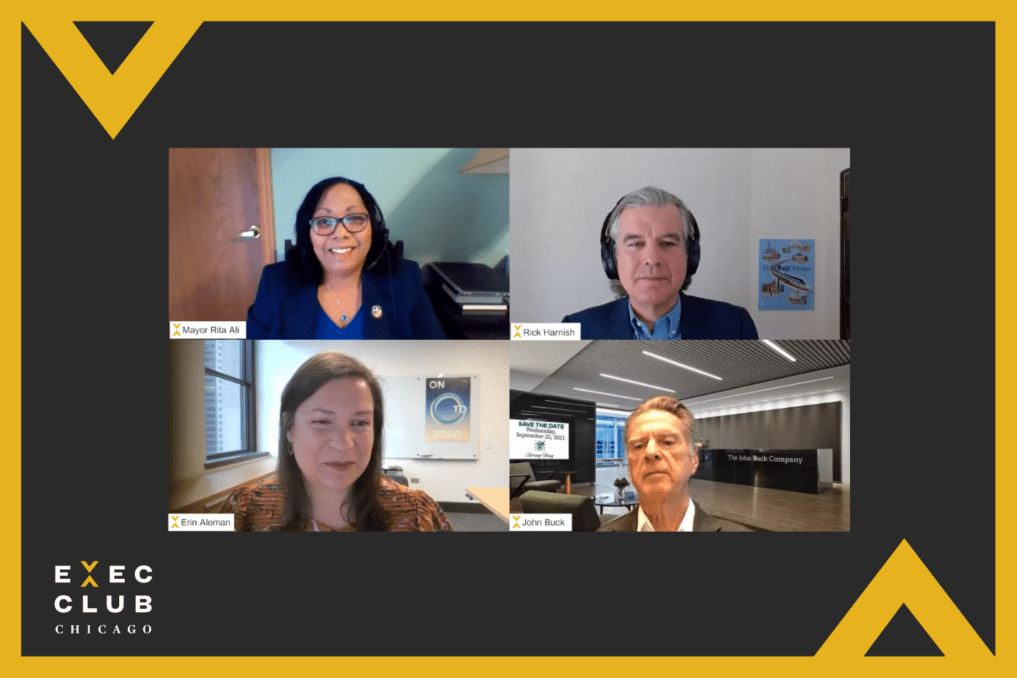“It really makes the region a much more attractive place to live and do business, which means we will be able to compete better. We’re not competing Chicago to Paris, we’re competing Midwest to France. If we can bring everybody together it makes it much easier for us to be an attractive place to attract business.”
– John Buck, Chairman and CEO, The John Buck Company
“The city of Peoria can certainly benefit by having passenger rail for economic reasons, but also for social equity reasons. Equity is about fairness and expanding opportunities to include those who have often been left out…People could actually go to work in Chicago, go to work in St. Louis, and come back the same day.”
– Rita Ali, Mayor, Peoria, IL
“We did a study about 10 years ago that suggested this would increase our business sales in the Chicago metro region by about $16 billion a year.”
– Rick Harnish, Executive Director, High Speed Rail Alliance






